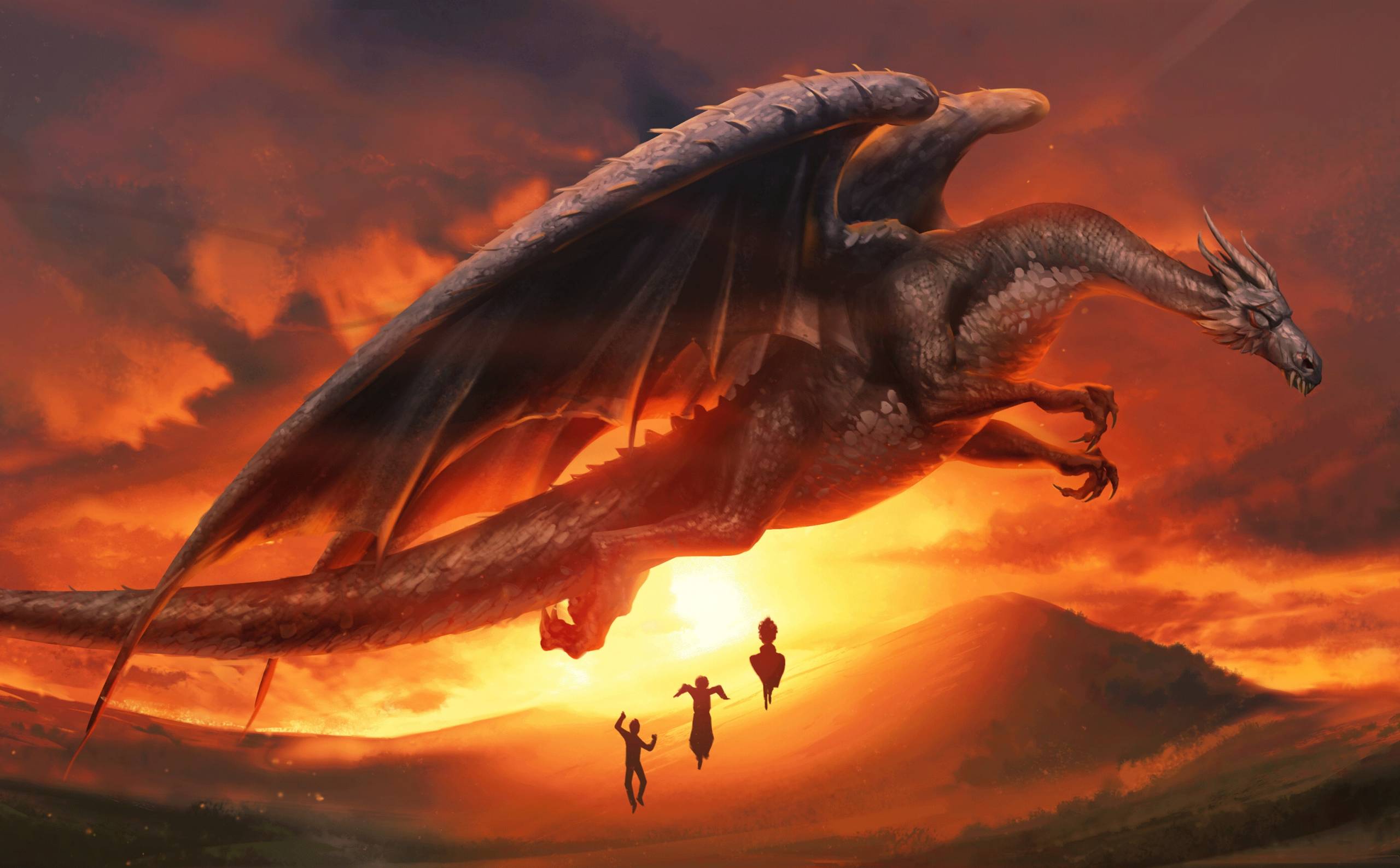
According to the Fantastic Beasts and Where to Find Them textbook, dragons are both ‘the most famous of all magical beasts’, and also one of the most difficult to hide.
Norbert, the dragon hatched from an egg by Hagrid in Philosopher’s Stone, was certainly that. Not that Hagrid was worried, even with Norbert breathing smoke around his wooden hut. But it’s true that a dragon can’t be hidden for long, and when Draco Malfoy spotted Norbert, Hagrid conceded that he might be better off elsewhere.
History
It’s also true that dragons are among the most famous magical beasts. They’re certainly one of the most established, with a history stretching back to Ancient Greece. The first mention of the word dragon is in the Ancient Greek text The Iliad, written around 762BC. Incidentally the Greek word drákōn is also, of course, the root of a certain Mr Malfoy’s first name.
There were four types of dragon-like creatures in early Greek mythology – the giant, deadly, serpentine Dracones; the Cetea, also known as a Sea Monster; the fire-breathing Chimaera, a hybrid of serpent, lion and goat; and the she-monster Dracaenae, which had the upper body of a nymph and the lower body of a sea dragon.
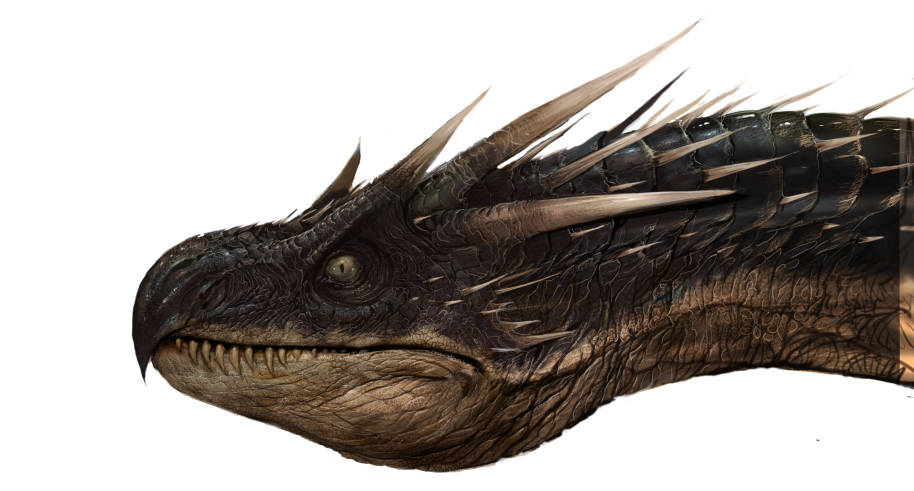
Appearance
The very word ‘drákōn’ also has various literal interpretations – it could mean a serpent of huge size or a water snake. In cultural terms, this has led to dragons being imagined differently in Western countries as compared to those in South and East Asia.
Something similar to the early Greeks’ wingless, snake-like Dracones remains the main visual interpretation of the Chinese dragon. The legendary dragons of Western countries tend to have wings and breathe fire, more like the Chimaera, although Chimaeras are now generally recognised as mythical beasts in their own right (and consequently have their own entry in the Fantastic Beasts textbook).
The dragons of Chinese myth have up to four legs but usually no more, whereas in early European stories dragons often sported six legs. In both cultures, dragons tend to be scaly and reptilian, with long, forked tails.
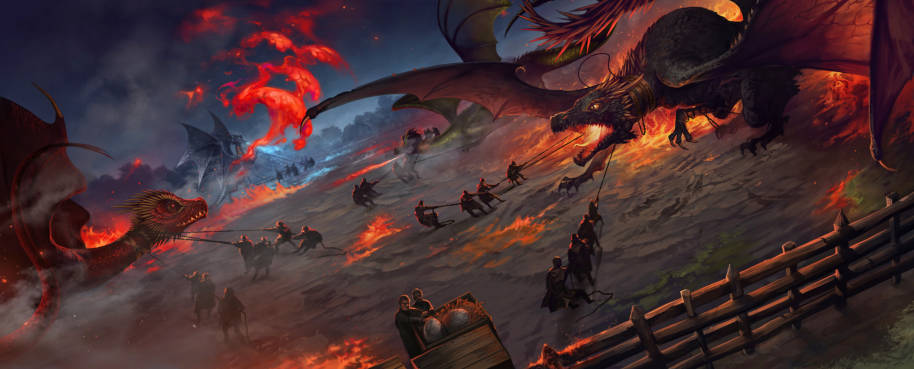
Habitat
The Fantastic Beasts textbook lists ten species of dragon, each living in a different location, from the valleys of New Zealand to the mountains of Wales, and in countries as diverse as Peru, Sweden and China. Similarly, dragons of legend have a range of habitats, including palaces under the sea, remote mountains and caves.
And while gigantic fire-breathing dragons are obviously not real, there is a large member of the lizard family called the Komodo dragon. This creature – probably the closest thing the natural world has to the dragons of myth – lives on the islands of Indonesia.
Nature
In Philosopher’s Stone, Ron told Harry how impossible it was to domesticate a dragon:
‘…anyway, you can’t tame dragons, it’s dangerous. You should see the burns Charlie’s got off wild ones in Romania.’
Harry Potter and the Philosopher’s Stone
Sure enough, with Norbert growing three times in length within a week, it wasn’t long before he became impossible to manage, biting Ron on the hand and Hagrid on the leg. Fantastic Beasts explains that females are generally larger and more aggressive than their male counterparts, so maybe it wasn’t surprising when Charlie Weasley later revealed that Norbert was actually a girl.
The dragons of myth are equally difficult to train, being fearsome, terrifying creatures with no interest in working with humans.
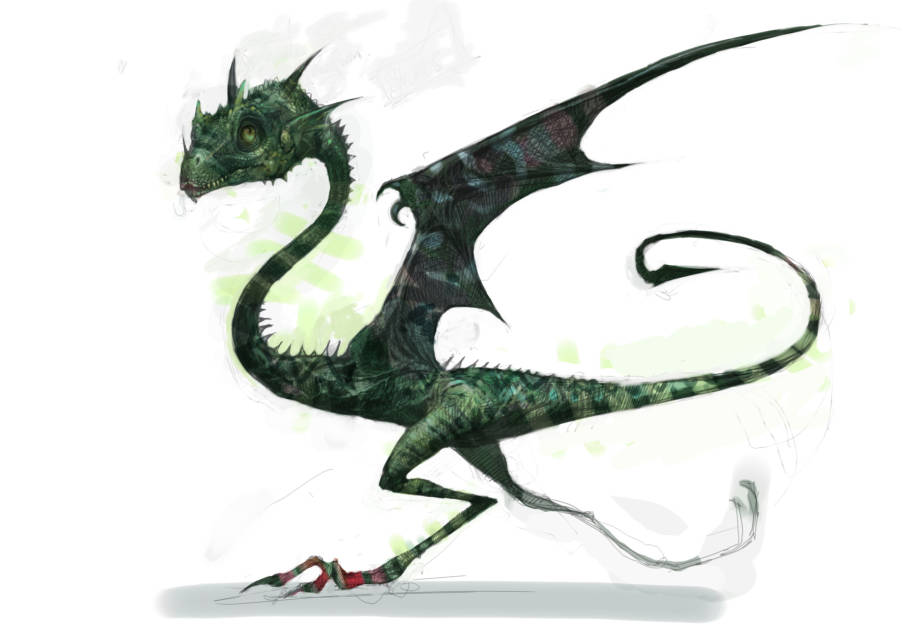
Good or evil?
Although similar in appearance, in Chinese myths, dragons were often more benevolent than their Western counterparts. Chinese dragons are a symbol of good fortune, representing a path to enlightenment.
For a time this interpretation existed alongside the more fearful reputation of the dragons of early Europe. Gradually, evil dragons came to dominate Western culture and are now typically seen as symbolic of darkness and malevolence. Certainly, none of the dragons of the wizarding world seemed to bring their owners much good fortune, from Norbert to the Hungarian Horntail of Harry Potter and the Goblet of Fire.
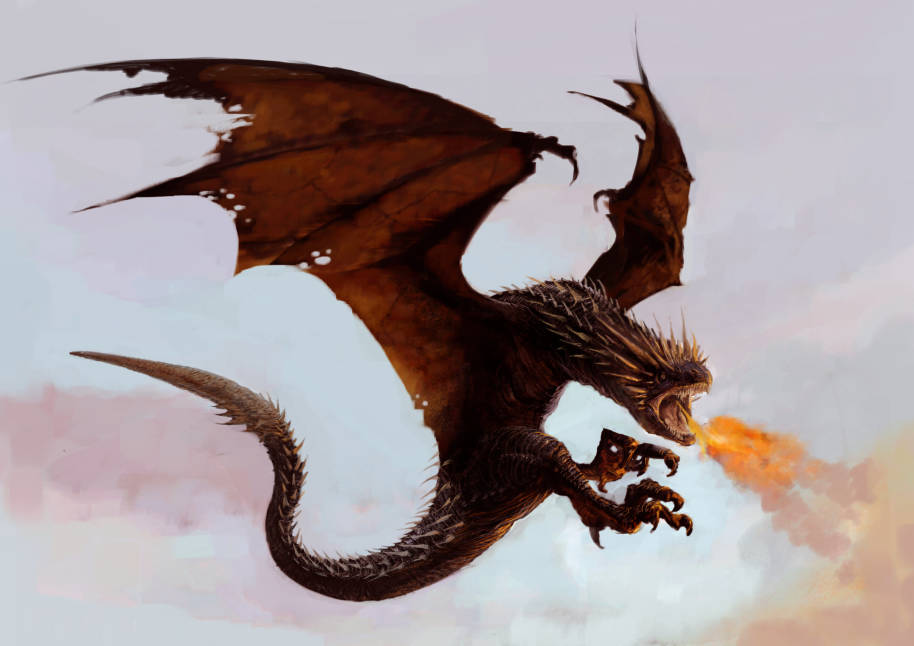
Famous dragons
The dangerous reputation of these creatures dominates the earliest stories about them. From England’s patron saint, George, to the dragons in Beowulf and the tales of King Arthur, these are fearsome creatures that exist to be slain.
Because despite Hagrid’s hopes, having a friendly relationship with a dragon is rare. After all, the Hogwarts school motto isn’t ‘draco dormiens nunquam titillandus’ – or ‘never tickle a sleeping dragon’ – for nothing.
To celebrate the 20th anniversary of Harry Potter and the Philosopher’s Stone, every Friday Pottermore will explore themes, moments, characters and much more from the very first Harry Potter story. Come back next week for Pottermore’s guide to trolls.

